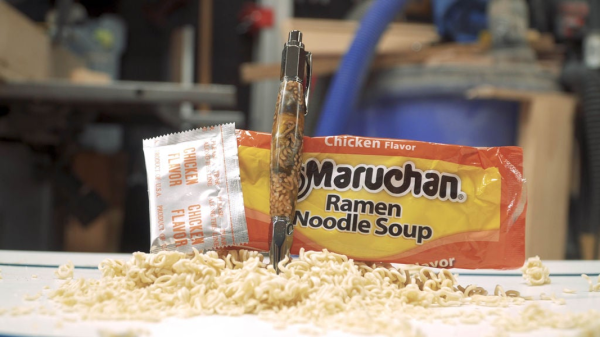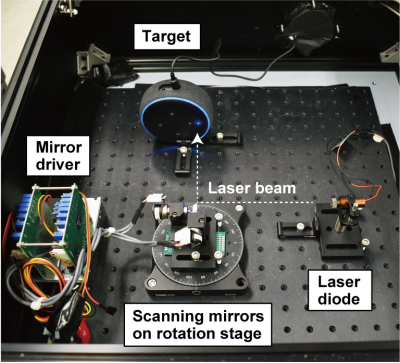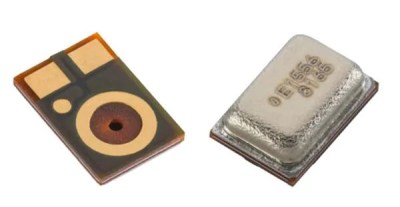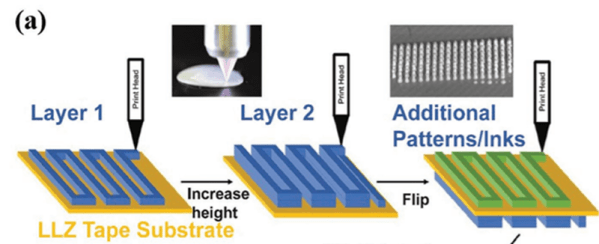Don’t write off your weird ideas — turn them into reality. For years, woodworkers have used pen bodies as a canvas for showing off beautiful wood. But what’s the fun in that? [JPayneWoodworking] made a pen out of Ramen noodles just to see if he could.
The process is pretty straightforward, as he explains in the build video after the break. He hammered the uncooked noodle mass into pieces small enough to fit a pen blank mold, but not so small that they’re unrecognizable. Then he poured in pigmented epoxy in orange, silver, and black. [JPayneWoodworking] chose those colors for Halloween, but rather than looking freaky, we think it makes the pen look like a bowl of beef broth-y goodness from a fancy Ramen place.
After adding the flavor packet pigments, he put it in a pressure tank to remove all air pockets. Once it sets up, the process is the same as any other pen blank — take it for a spin on the lathe, polish it up, ream it out, and fit it with the parts from a pen kit. We’d like to see the look on the face of the next person to ask [JPayneWoodworking] for a pen.
Want to get into woodworking just to make weird stuff like this? We don’t blame you. But how does a hardware hacker such as yourself get started? [Dan Maloney]’s got you covered.




 In one of the cooler hacks we’ve seen recently, a bunch of hacking academics at the University of Michigan researched the ability to flicker a laser at audible sound frequencies to see if they could remotely operate microphones simply by shining a light on them.
In one of the cooler hacks we’ve seen recently, a bunch of hacking academics at the University of Michigan researched the ability to flicker a laser at audible sound frequencies to see if they could remotely operate microphones simply by shining a light on them.  Knowles SPV0842LR5H. This attack is relatively easy to prevent; manufacturers would simply need to install screens to prevent light from hitting the microphones. For devices already installed in our homes, we recommend either putting a cardboard box over them or moving them away from windows where unscrupulous neighbors or KGB agents could gain access. This does make us wonder if MEMS mics are also vulnerable to radio waves.
Knowles SPV0842LR5H. This attack is relatively easy to prevent; manufacturers would simply need to install screens to prevent light from hitting the microphones. For devices already installed in our homes, we recommend either putting a cardboard box over them or moving them away from windows where unscrupulous neighbors or KGB agents could gain access. This does make us wonder if MEMS mics are also vulnerable to radio waves.










